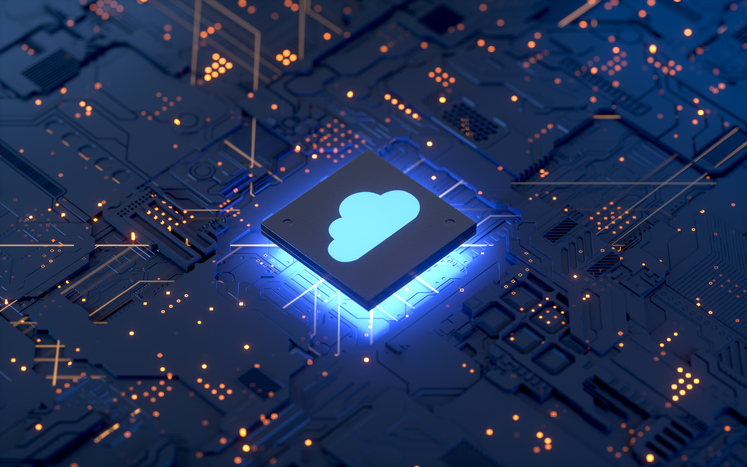Edge computing is bringing the processing, collection and delivery of content closer to its endpoints. Learn how incorporating edge computing grows market share.
A trend that is driving business in 2019 and the coming years is edge computing. Edge computing involves moving the processing of data, such as important customer information, buying habits, purchasing history, and other content points needed to address customer needs, closer to where it is stored and analyzed. This tech trend helps businesses save time processing and analyzing data, money, and valuable bandwidth.
Learn how edge computing is the paradigm shift for business and with it, the promise of bringing the collection of data and the dissemination of content to consumers closer to their endpoints for better decision-making to make your business more reactive to markets and marketplaces.
Austin IT Services professional, Jason Simons shares insights into Edge Computing.
Moving Computing to the Edge
The endpoints in edge computing describe the devices, such as laptops, tablets, and mobile or smartphones, are the critical element in your company’s strategy. Whether these devices are provided by you to your employees or you adopt a “bring your own devices” or BYOD strategy (or hybrid of the two), the ability to push processing to these devices allows faster decision-making and reaction to customer demands. It reduces the demand on your centralized processing center and empowers local units to come up with solutions in real-time.
A 2019 survey by Automation World magazine of manufacturers found:
- 51% of respondents use cloud computing
- 43% of respondents engage in edge computing
- 20% of respondents have adopted fog computing
- 29% of respondents are not engaged in any of the above computing technologies
A move to edge computing, to better allocate computing resources, lower bandwidth, and increase response times, is not a “this or that” proposition. When considering the role the Internet of Things or IoT and big data have on driving consumer-focused decision-making, edge and cloud computing (and even fog, the computing architecture that uses endpoint devices to deliver local computing via the internet) become complementary, not competing ways to meet the ever-growing demand your business has for effective data process, analysis, and decision-making.
Incorporating Edge Computing Means Improved Business Outcomes
Incorporating edge computing as part of your data processing and content management strategy begins with a commitment from the top of the organization down. This commitment includes a strategic plan to push data user group endpoints, goal setting, and a thorough review of the strengths, weaknesses, opportunities, and threats (SWOT) posed by moving to the edge. It does not necessarily matter whether you are a large, mid-sized, or small company with business units spread across several geographic zones or just one, the idea behind edge computing is to improve consumer response times and reduce demands on your company’s centralized computing capabilities.
How important is it for you to consider a move to the edge? Consider this: in the Automation World survey, more than half of those manufacturers who responded (52%) cited edge computing responsible for the analysis of production and manufacturing data. Those adopting the edge saw significant reductions in computer downtime, due in part to the decreased demand on a centralized process architecture. Additionally, (because of edge computing):
- 38% of the respondents reported improvements in productivity
- 37% of the respondents reported increased profitability
- 30% of the respondents reported decreased production costs
Edge computing is as integral a part of your business as the endpoint devices and user groups who access data. Learning how to effectively integrate it as part of your overall IT strategy may provide you with the improvements in production and profits experienced by a third of the above respondents and a corresponding decrease in your costs.

No Responses